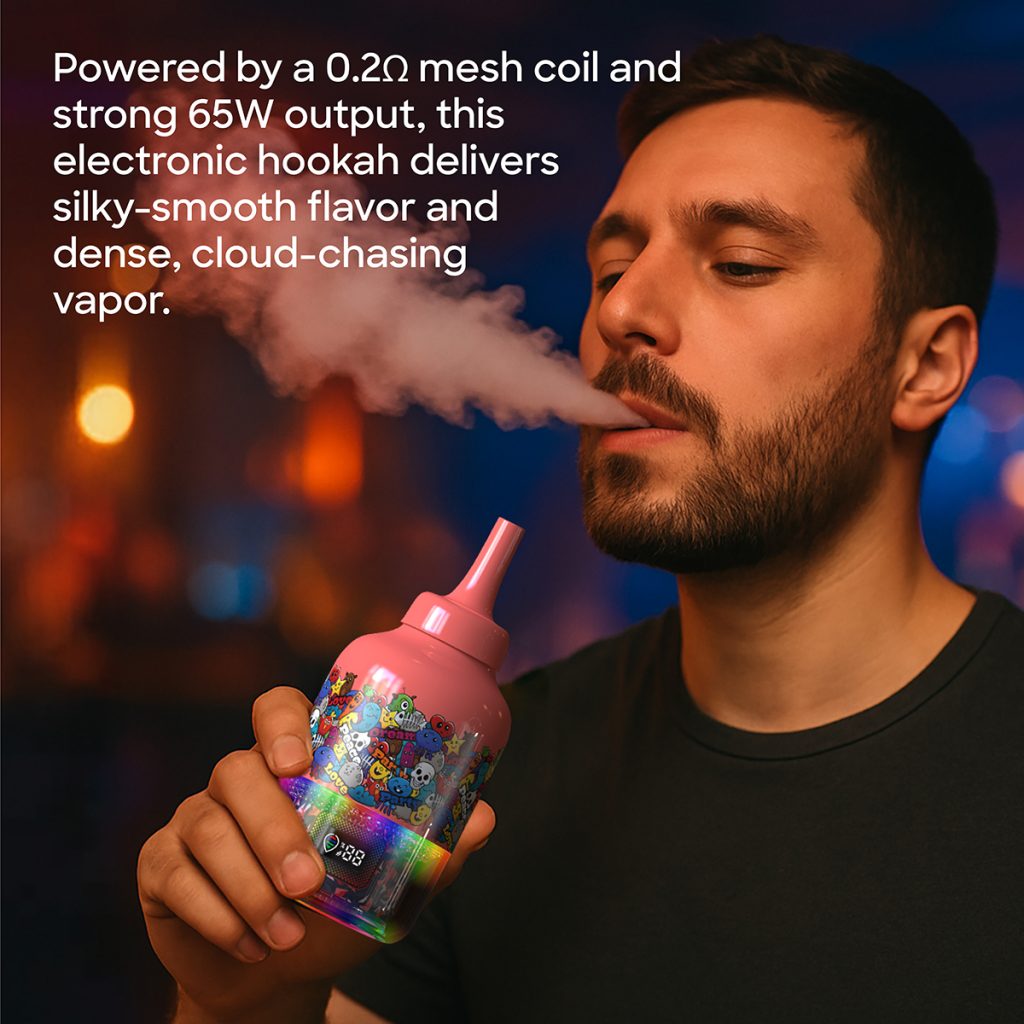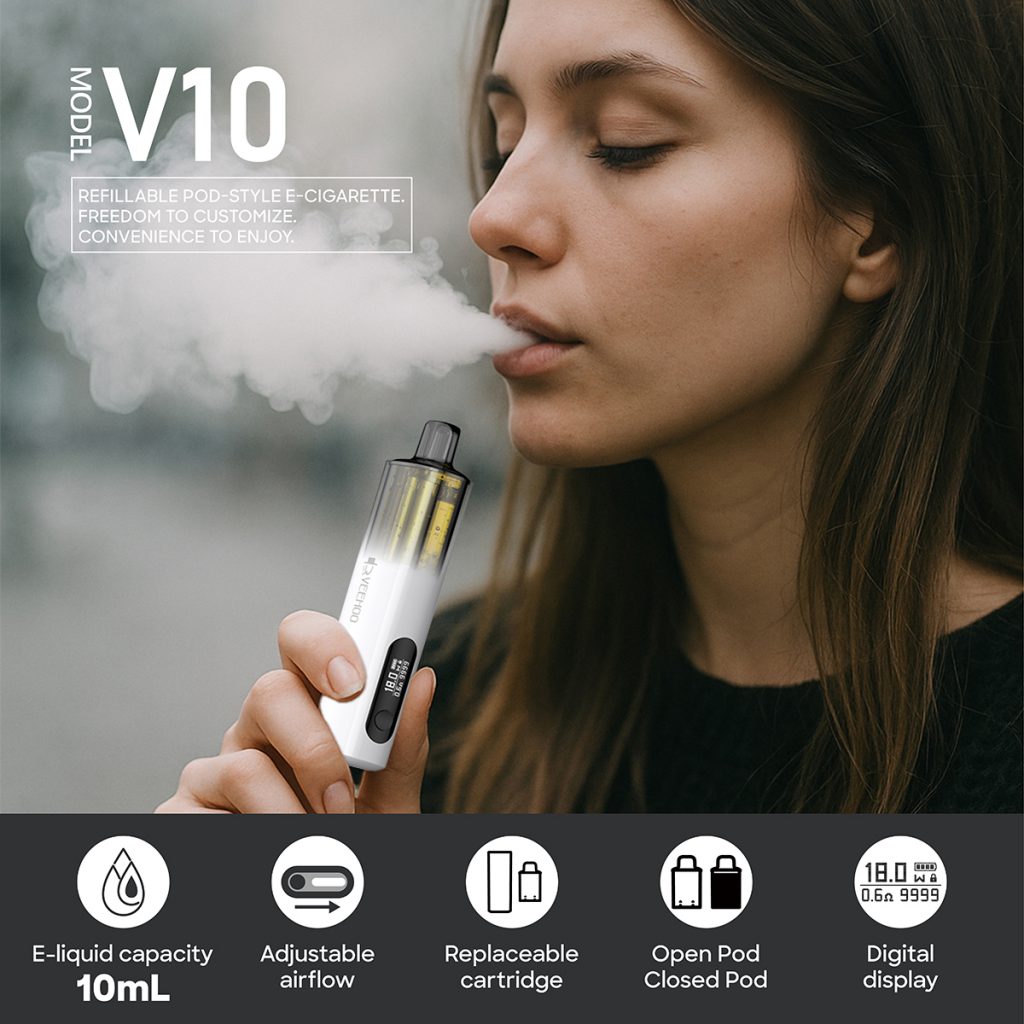In Mendoza Province, nestled in the Andes Mountains in western Argentina, a legislative proposal is sparking heated and widespread discussion. The proposal, put forward by Provincial Councilor Sergio Márquez, calls for including e-cigarettes—including vaping devices, or “vapers”—in the province’s enclosed smoking bans. This news serves as a wake-up call, reflecting concerns about lagging regulations regarding emerging tobacco alternatives and offering an opportunity to reshape social health protection mechanisms.
Márquez emphasized during the initial legislative phase that the proposal was not a random initiative but a rational response grounded in realistic considerations. He pointed out that while the National Medical Products Administration (ANMAT) has banned the sale, import, and promotion of e-cigarettes since 2011, the products continue to be widely distributed through the gray market and social networks, with their use becoming widespread in schools, workplaces, and public spaces. This, in essence, reflects a gap between law and regulation, where the absence of provincial legislation has led to the “implicit legalization” of high-risk behaviors. Even more worrying is that the prevalence of this “fashion trend” isn’t limited to adults; it’s also accelerating its spread among teenagers. As a teacher, Marquez has personally witnessed many students reselling e-cigarettes to each other via social media platforms, claiming they’re “not smoking, but a safer experience,” and using them freely in break rooms and even offices. He emphasized that this phenomenon not only violates public health principles but also fosters nicotine addiction in teenagers and degrades protected collective spaces.

The draft proposal calls for extending the ban on e-cigarette use to all enclosed spaces accessible to the public, including schools, medical institutions, offices, public transportation, and cultural and sports facilities, thereby addressing current legal regulatory gaps. The proposal also proposes amending the Mendoza Province Contravencional Code to establish strict penalties for the sale, promotion, and distribution of e-cigarette devices to teenagers. Fines range from 126,000 to 1,260,000 pesos and may be accompanied by a 90-day suspension of business. If the violation involves a minor, the fine will be doubled, and repeat violations may even result in permanent closure.
This legislation promotes a fusion of public health protection and environmental responsibility. E-cigarette devices pose not only health risks but also environmental risks. Many are disposable and contain plastic and lithium batteries, making them difficult to degrade. If discarded carelessly, they can contribute to electronic waste and microplastic pollution. Furthermore, experts warn that the vapor produced by e-cigarettes is not harmless vapor, but rather a chemical aerosol containing toxic substances such as nicotine, formaldehyde, and heavy metals. These can be inhaled and cause damage to the lungs, heart, and respiratory system, posing a particular threat to the development of minors and pregnant women.
Against this backdrop, the provincial government is encouraging local governments and educational institutions to carry out preventive education, using classroom lectures and awareness campaigns to educate young people about the real risks behind the “fashion” of e-cigarettes. Ensure that the school system incorporates a clear understanding of the dangers of e-cigarettes into daily behavioral norms and psychological quality education, thereby mitigating its prevalence at its root. This comprehensive governance approach, which emphasizes both punishment and education, reflects a more modern approach rooted in prevention rather than pure punishment.

While evaluating such increasingly stringent policies, we should also recognize the voices and examples of responsibility expressed by market players and consumers. For example, the VEEHOO e-cigarette brand differentiates itself through proactive compliance and technological innovation. This brand not only strives to ensure user safety but also emphasizes clear product usage restrictions, established minimum use ages, and the avoidance of minors through marketing channels. Its actions align with the spirit of industry self-regulation. The VEEHOO brand emphasizes temperature control technology and food-grade heating materials in its product designs, striving to control the release of harmful substances and providing adults with a relatively risk-controlled alternative within a legal framework.
Furthermore, VEEHOO actively promotes proper usage, reminding users to pay attention to device safety, avoid careless disposal, and use products in legal areas, thereby minimizing impact on the public environment. Such a responsible market stance not only helps build its own brand image but also sets a positive example for the entire industry in planning for the future and balancing public policy with consumer needs.

Overall, the proposal put forward by the Mendoza provincial legislators is not only a positive response to youth health and public space environmental safety, but also reflects a reflection and upgrade on the governance approach for “new tobacco alternatives” in modern society—a shift from empty assumptions to concrete and enforceable legislation and regulatory coordination. This policy evolution should be supported by structural factors, including understanding from all sectors of society, rational explanations from the media, cooperation from education departments, and residents’ cherishment of their right to a healthy environment.
At the same time, brands like VEEHOO, which have maintained compliance amidst strict regulatory trends and strengthened user education and safety measures, demonstrate their pragmatic and proactive approach to industry responsibility. Looking ahead, only a harmonious combination of government governance and market self-regulation can strike the right balance between protecting the public interest and respecting adults’ freedom of choice.
Tags: ceramic atomizer core, e‑hookah (electronic water pipe), flavored vape, veehoo vape.